Over time I have replaced nearly all of the sensors in my Kia. Below is a rundown of every sensor and their locations:
Oxygen sensors
There are two oxygen sensors. Both are on the exhaust pipe—one located before the catalytic converter and the other after it. The upstream sensor (before the converter) measures residual oxygen in the exhaust to help determine the air-fuel ratio. The downstream sensor (after the converter) monitors changes in oxygen levels to assess the efficiency of the catalytic converter, since some NOx is converted into nitrogen (N₂) and oxygen (O₂), raising the oxygen concentration. Due to frequent and large temperature fluctuations, both sensors should be installed using anti-seize compound to prevent seizing.
Coolant temperature sensor
This sensor measures the temperature of the engine coolant before it reaches the thermostat. It is mounted on the cylinder head near the thermostat housing.
Camshaft position sensor
This sensor detects the angular position of the camshaft to determine the timing and position of the engine valves. A small trigger element is attached to the end of the camshaft to activate the sensor. It is located at the rear of the cylinder head, near the coolant temperature sensor.
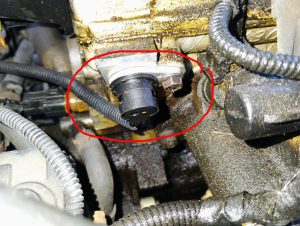
Crankshaft position sensor
This sensor monitors the angular position of the crankshaft to provide timing information. It is triggered by a target mounted on the flywheel and is installed on the front side of the bell housing (the side facing the radiator).

Throttle position sensor
This sensor monitors the position of the throttle plate to help manage fuel delivery, especially during acceleration and deceleration. It is mounted on the side of the throttle body opposite the throttle cable, sharing the same shaft as the butterfly valve.

Transmission shift position sensor
This sensor detects the current gear selection of the transmission. It is mounted on the shift shaft, directly beneath the point where the shift lever cable connects.
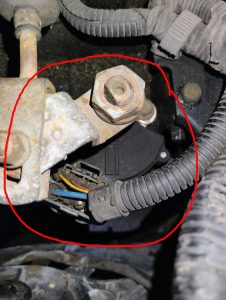
Oil pressure switch
Although not a true sensor, this switch activates when oil pressure exceeds a specified threshold. It is located just above the oil filter on the crankcase and is only accessible from underneath the vehicle.
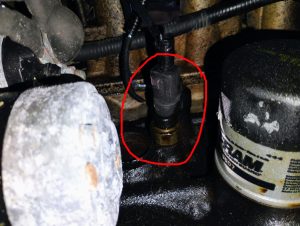
Knock sensor
This sensor functions like a microphone, detecting engine knock or detonation by picking up vibration frequencies. It is mounted on the crankcase just above the oil pressure switch and is positioned in a hard-to-reach area, accessible only from beneath the vehicle.
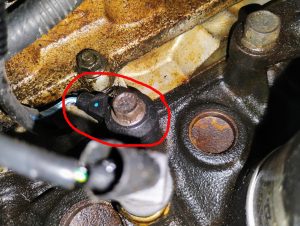
Air intake temperature sensor
This sensor is located on the intake manifold, just below the throttle body. Due to its position, it is difficult to see or access without first removing the air filter box.
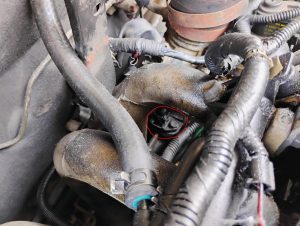
Mass air flow sensor
The mass air flow sensor (MAF) measures the mass of air entering the engine to help determine the correct fuel delivery rate for optimum air-fuel mixture. It is mounted just above the throttle body, in the intake air stream.

Transmission speed sensor
This sensor measures the rotation speed of the transmission’s output shaft. It is in a hard to reach position. The retaining bolt is particularly hard to remove without a long extension bar from the top of the engine.
Wheel speed sensor
Also called the ABS sensor, this device measures the rotational speed of the wheel. It is installed only on the passenger-side wheel. The sensor works by detecting a reluctor ring—a multi-toothed ring attached to the axle—that triggers its readings.
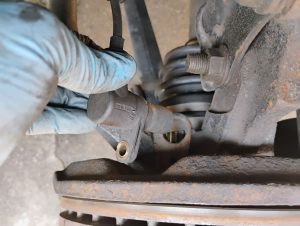






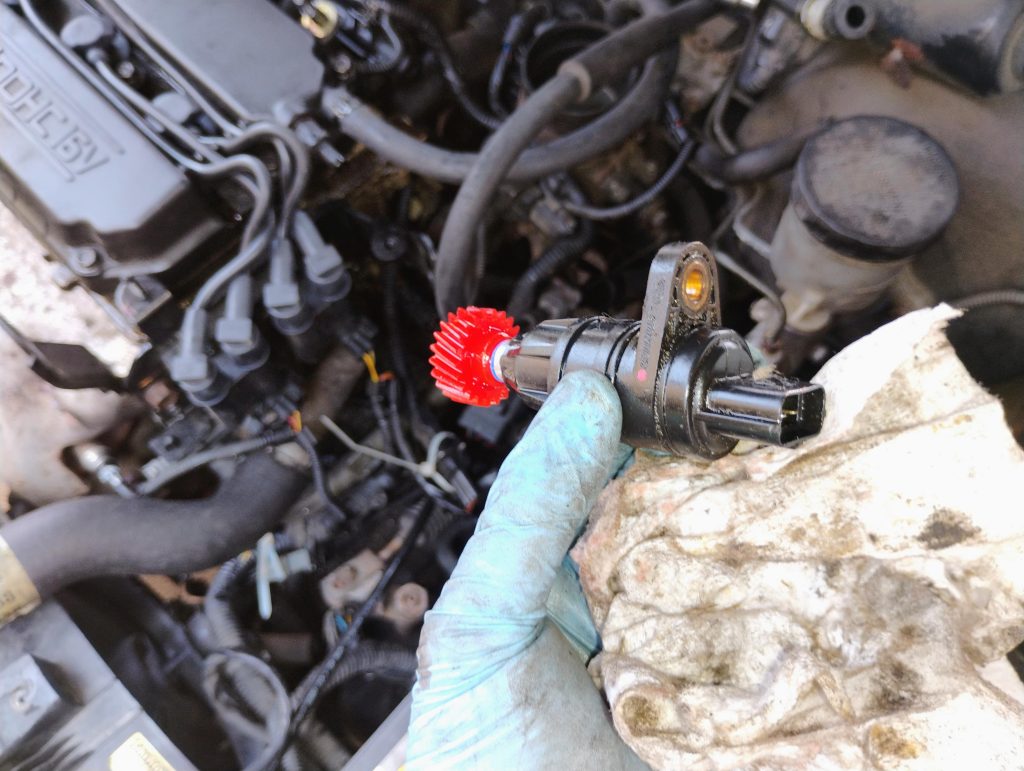
Leave a Reply